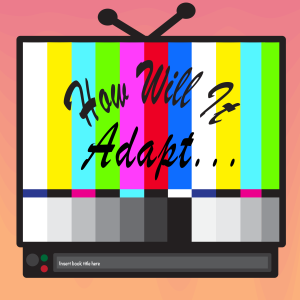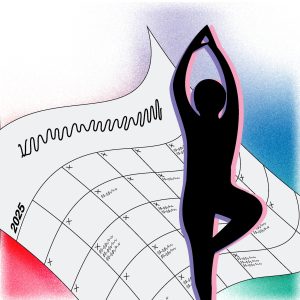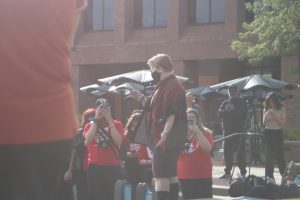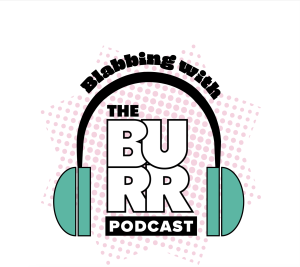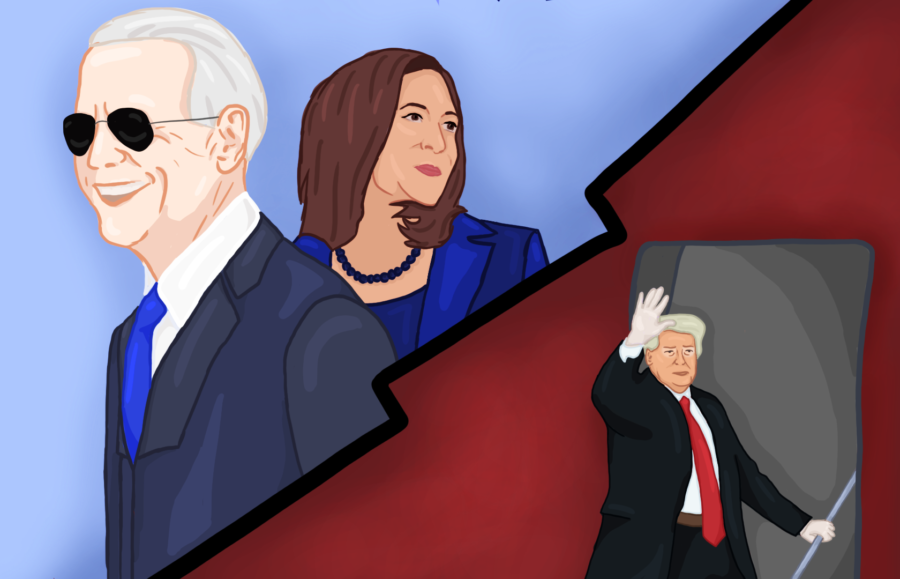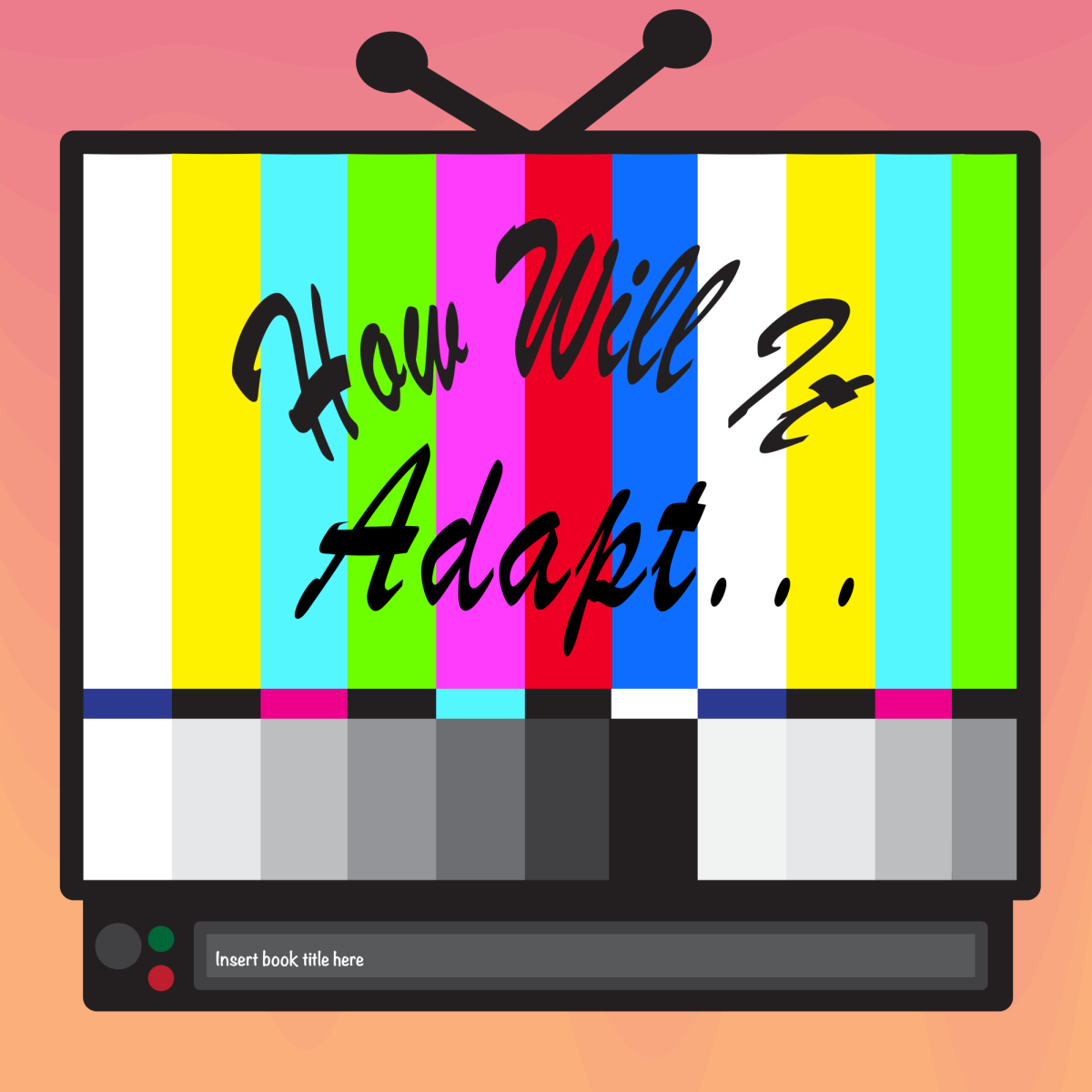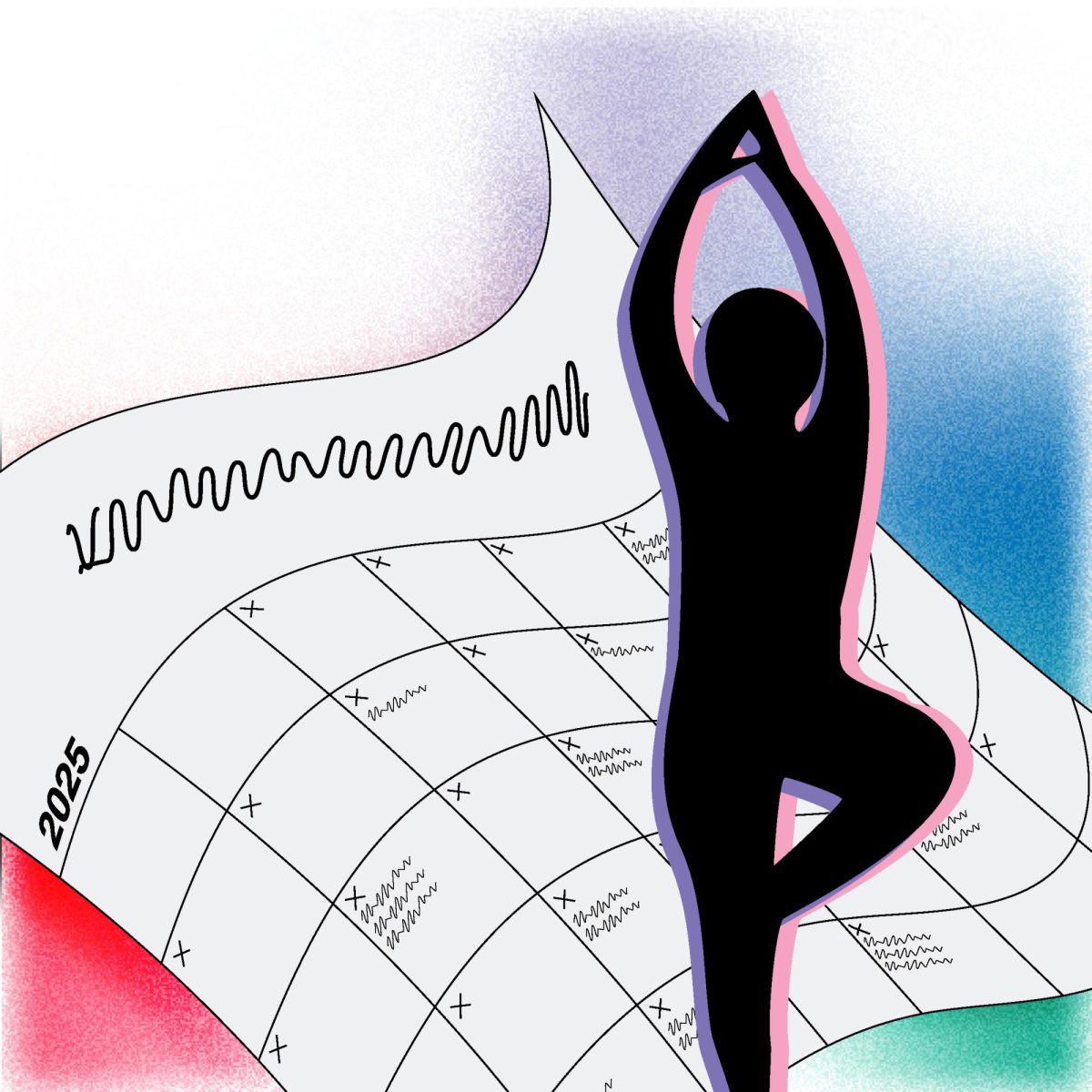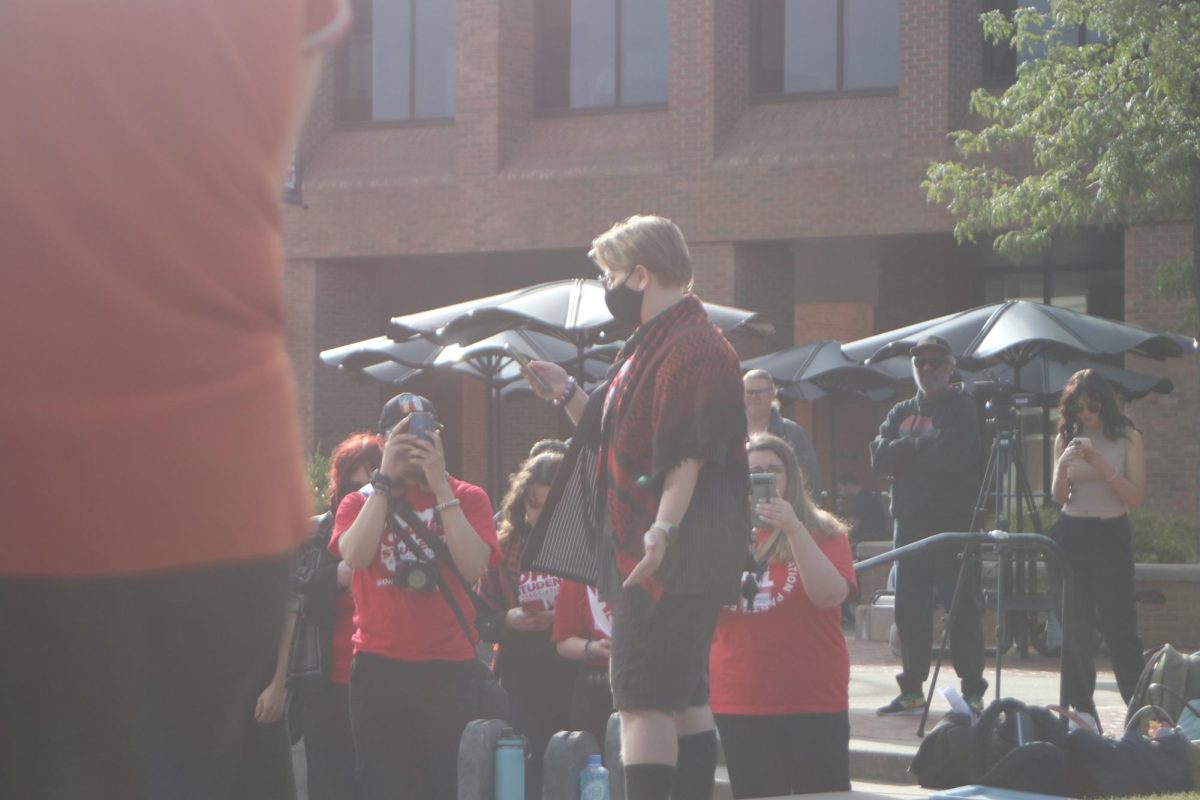Illustration by Abigail Pickens
The 2020 presidential election between President Donald Trump and former Vice President Joseph Biden broke quite a few records in terms of U.S. voting outcomes. Biden won the most votes in presidential history, becoming the first presidential candidate to win over 81 million votes, surpassing Trump’s own historic vote gain in 2016. 2020 saw the highest voter turnout since 1918. Despite the voting challenges caused by the COVID-19 pandemic, voters turned up to the polls and participated in mail-in voting, despite Trump’s efforts to discredit mail-in ballots.
While mail-in voting has been used in presidential elections in the past, it almost doubled this year because of safety concerns due to the pandemic. While the results of the election were stalled for four days, partly due to some states not being prepared for the large amounts of mail-in voting, it was necessary to count the mail-in ballots. Trump called for election votes to stop being counted, despite the in-person and mail-in votes that were still coming in. Trump supporters began protesting the continuation of vote counting and gathered outside of different polling places across the country. Ironically, Trump supporters in Detroit, Michigan, chanted to “stop the vote” outside of a polling place, because Trump was previously winning the battleground state until Biden surpassed him. However, Trump supporters in Maricopa County, Arizona, gathered to chant “count the vote,” because they believed valid Trump votes were not being counted. Biden eventually won Arizona.
“It’s both funny and sad,” says Tyler Gardner, a member of College Democrats at Kent State. “There is so much incompetence that you know it won’t work, but it’s also scary that so many people are willing to throw away democracy and install a president that didn’t win.”
Trump claimed that there were large amounts of election fraud during the presidential election, despite there being no evidence to support his claims. State and federal judges dismissed more than 50 lawsuits that challenged the results of the election.
“Personally, I think it was just conspiratorial,” says Bryce Schlenker co-chair of Students for a Democratic Society at Kent State. “It was meant for people who might not be as in tune or who might already question the legitimacy of our political process to become even more skeptical.”
Biden’s victory was confirmed on November 7 after winning 306 electoral votes to Trump’s 232, certifying him as the 46th president. Immediately after the election, Trump began pushing the narrative that the election was fraudulent and was stolen from him. For months after the election, Trump and his supporters alluded that January 6, the day the Electoral College would certify the election results in Congress, was going to reveal that Trump actually won the election. Thousands of Trump supporters gathered in Washington D.C. on January 6 to show their support for the president.
Trump addressed his supporters on the Ellipse of the White House lawn in D.C., and throughout his speech, he said he won the election and that his supporter’s voices were silenced because of election fraud. He also said that the wrong person being elected was going to ruin the country. Trump then focused on Congress and how it was their responsibility to overturn the election. He urged his supporters to march down Pennsylvania Avenue to the Capitol. After Trump’s supporters marched to the Capitol, they forced their way into the Capitol from all sides. As rioters entered the building, members of Congress hid in locked rooms throughout the Capitol.
“I think it shows how we are living in pretty different times than any other era before. I think it shows that we have a lot of work to do in terms of bridging the divide and preventing people from buying into these conspiracy theories and feeling like their government is illegitimate,” Gardner says.
A lot of comparisons were made between the police presence at the Capitol on January 6 and the police presence at Black Lives Matter protests over the summer. For weeks, Trump alluded to January 6 and his plans for his protesters, but there was not adequate police presence despite Trump’s warnings. During the Black Lives Matter protests, there was a large police presence at different locations across the country, regardless of how large the gatherings were. At the Capitol on January 6, Capitol guards struggled to keep Trump supporters from breaking into the building and were severely outnumbered. While Trump was quick to call on police and the National Guard during the Black Lives Matter protests, he was reluctant to do the same on January 6. Acting secretary of defense Christopher Miller eventually made the call to deploy national guard members.
“Over the summer you had Black Lives Matter protestors being shot with rubber bullets and tear-gassed, and at the Capitol, you had the head of our federal government being stormed by a couple of thousand people who were able to walk right in there and were feet away from killing people,”Gardner says.
“I think it’s glaring of how our government reacts to legitimate threats,” Schlenker says.
One positive aspect of the 2020 presidential election was voter turnout, specifically among 18 to 25-year-olds. 52% to 55% of young people voted in the 2020 election, compared to 42% to 44% in 2016. Young voters of color specifically made an impact in battleground states like Georgia and Arizona, showing a large amount of support for Biden. On the campaign trail, Biden focused on issues that he knew young voters cared about such as social justice, police reform, environmental regulations, student loan debt, healthcare and the ongoing COVID-19 pandemic.
“I think it speaks to the fact that more people are engaged, especially young people. I think that is one good thing that came out of the Trump era is that more people are paying attention. I think young people saw a big difference between Biden and Trump compared to the past when it was like the candidates were almost the same or just as worse as one another,” Gardner says.
If anything, this election proved that voting can create a difference and that young people have the power to control elections if they use their voice.





